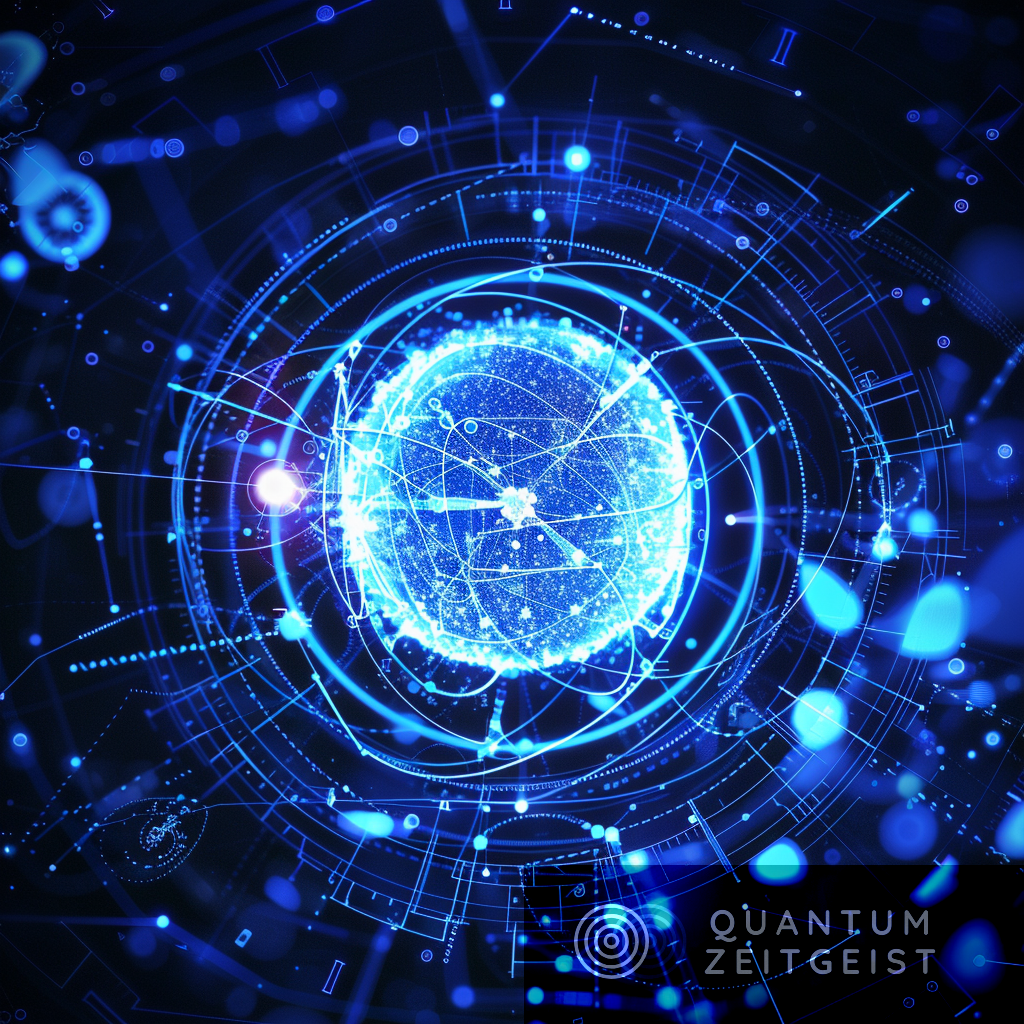The study explores the concept of decoherence in Andreev spin qubits (ASQ), a complex topic involving the dephasing of an ASQ due to electric and magnetic noise. Using a tight-binding model, the study calculates the Andreev states formed in a Josephson junction, a semiconductor with a strong spin-orbit interaction. The study predicts the dependence of dephasing on various factors and identifies “sweet spots” for enhanced ASQ coherence times. The study also examines the role of decoherence in ASQs and suggests ways to increase coherence time. The findings could have significant implications for the performance of quantum computing systems.
What is Decoherence in Andreev Spin Qubits?
Decoherence in Andreev spin qubits (ASQ) is a complex topic that involves the study of the dephasing of an ASQ due to electric and magnetic noise. This study is theoretical and uses a tight-binding model to calculate the Andreev states formed in a Josephson junction. The junction in question is a semiconductor with a strong spin-orbit interaction. The local charge and spin of these states vary as a function of externally controllable parameters such as the phase difference between the superconducting leads, an applied magnetic field, and the filling of the underlying semiconductor.
The coupling to fluctuations of the electric or magnetic environment will vary, which informs the rate of dephasing. The study predicts the dependence of dephasing on the nature of the environment, magnetic field, phase difference between the junction, and filling of the semiconductor. The simulated electric and magnetic noise-induced dephasing rate compared to experiment suggests that the dominant source of noise is magnetic. By appropriately tuning these external parameters, the study finds “sweet spots” at which an enhancement in ASQ coherence times is predicted.
What are Andreev Bound States?
Andreev bound states (ABSs) are electron-hole composite states which are localized between two superconducting leads. While ABSs are typically spin degenerate, an applied magnetic field and/or spin-orbit interaction combined with a phase bias can break that spin-degeneracy. In this regime, the quasiparticle population of two spinful Andreev levels can be controlled and used to encode quantum information. Such a two-level system has been named an Andreev spin qubit (ASQ).
ASQs can be viewed as a marriage of semiconducting spin qubits and superconducting qubits. Consequently, they react to external controls typically used in both spin and superconducting qubits. For instance, an applied magnetic field can control the spectrum by both a Zeeman splitting and flux through the superconducting circuit. The qubit can be manipulated using electric dipole spin resonance or using microwave currents.
What is the Role of Decoherence in ASQs?
Decoherence plays a significant role in ASQs. Although several experimental clues have helped to indicate that the dominant contributor to decoherence in ASQs is pure dephasing, no systemic attribution of errors currently exists. This study aims to help fill this gap in the literature by numerically studying the source of pure dephasing in ASQs. In particular, the study examines realistic ASQ systems generated within a 1D tight-binding model and coupled to a bath of spin or charge fluctuators.
The study predicts a qualitative dependence on the decoherence time as a function of the flux and Zeeman splitting and finds that this dependence is largely due to the charge or spin of the states that encode the qubit. This description provides a recipe for determining the primary decoherence source and thus potential modes of mitigation. Upon comparing with recent experimental results, the study finds that the decoherence profile best matches a noisy spin bath.
How Can the Coherence Time be Increased?
The study finds that appropriately tuning the filling of the underlying semiconductor renormalizes the magnetic moment of the Andreev levels, which decreases the effective coupling of the spins to the ASQ and increases the coherence time. This finding is significant as it provides a potential method for increasing the coherence time of ASQs, which is a critical factor in the performance of quantum computing systems.
The remainder of the manuscript is organized as follows: in Sec II, the tight-binding model used to generate an ASQ spectrum and discuss their charge and spin properties is introduced. The models of noise used and how they couple to ASQs are discussed in Sec III. In Sec IV, the decoherence rates associated with the Andreev states found in Sec II as a result of coupling to electric and magnetic baths are calculated. Upon generating a realistic Andreev spectrum matched to experiment in Sec V, the simulated decoherence rates are compared with that experiment. In Sec VI, how the results could be extended is discussed, and in Sec VII, the results are summarized.
What is the Model Hamiltonian and Spectrum?
While analytical models of Andreev spin qubits are available, a numerical description of the system is useful to incorporate various noise models. A 1D tight-binding model incorporating two coupled bands, superconductivity, and spin-orbit interaction is used. Many of the properties of the Andreev states will be inherited from the underlying material, so it is instructive to examine the low-energy eigenstates of the system in the absence of superconductivity. For a spatially homogeneous infinite system, the Fourier transformed Hamiltonian in the momentum basis is used. The spectrum for the continuum is plotted by diagonalizing the equation.
Publication details: “Decoherence in Andreev spin qubits”
Publication Date: 2024-03-01
Authors: Silas Hoffman, Max Hays, Kyle Serniak, Thomas Hazard, et al.
Source: arXiv (Cornell University)
DOI: https://doi.org/10.48550/arxiv.2403.00710

